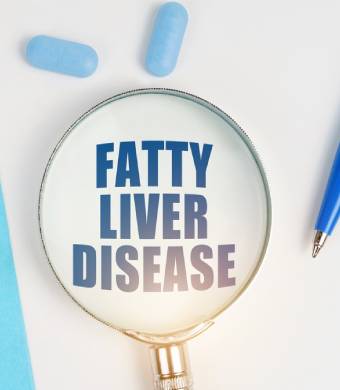
In the world of fitness and health knowing one’s physical constitution is becoming more important. Two methods widely used to evaluate a person’s condition include Body Mass Index (BMI) and body composition analysis. While BMI machine has been a long-standing norm measurement, body composition analysis provides an in-depth and individualized analysis, making it an excellent instrument for evaluating general health and risk factors.
BMI, a measurement of an individual’s height and weight has been the preferred measurement to find whether people are underweight, normal weight and overweight or obese. However, the metric’s simple approach doesn’t consider vital factors that may profoundly affect the overall fitness and health of an individual.
One of the biggest problems with BMI is the inability to distinguish between the fat mass and the lean muscle mass. This means that people who have a large proportion of muscle, for instance, people who train for regular strength training, could be mistakenly classified as overweight or obese based only on their BMI despite having a small percentage of body fat as well as an excellent fitness level overall. On the other hand, those with a significant percentage of body fat, but comparatively less muscle mass could be into those who fall within the “normal” BMI range, hiding the health risks that could be that are associated with fat accumulation.
In addition, BMI does not consider the distribution of body fat, an aspect that has been associated with multiple health hazards. Research has proven that those who have excess abdominal fat often known as visceral fat which is a risk factor, have a greater chance of developing diseases such as heart disease as well as type 2 diabetes, and various kinds of cancer than people who store fat in other parts of the body, like the thighs or hips. This vital information isn’t recorded in an accurate BMI calculation.
The analysis of body composition, on the contrary, gives an extensive and precise evaluation of a person’s physical appearance. This technique measures the percentages of fat mass, lean muscle mass, and bone mass in the body, and provides valuable information about health risks and fitness levels.
One of the major benefits that body composition studies have is their capability to precisely distinguish between fat mass and lean muscles. This is vital for people who do regular training for strength or sports that require substantial muscular development. If they know how their bodies are constructed, they will be able to make sure that they are gaining muscles while keeping a healthy weight in body fat. an aspect that BMI alone is not able to offer.
In addition, body composition analysis may find people who are categorized as “normal weight” by BMI however are more likely to have a higher percentage of fat in their body, a condition known as “normal weight-obesity.” They could be more at risk for health issues like heart disease and metabolic disorders despite having a “normal” BMI. Without a body composition assessment and risk assessment, these health issues may not be found and lead to a false feeling of security, and insufficient prevention steps.
If you’re looking to shed weight or increase your fitness levels, body composition analysis is an essential instrument. By seeing the changes to body composition in time, they can track their progress and make sure that they are losing fat while maintaining or even enhancing the lean mass of their muscles. This method helps to ensure sustainable and healthy weight loss while helping to keep a solid and healthy body composition that is vital to overall health and well-being.
Furthermore, analysing body composition can offer valuable insight into the treatment of specific health diseases. For those suffering from age-related muscle loss or degeneration that is associated with chronic illnesses Monitoring body composition may help healthcare professionals to tailor their interventions to keep or boost the mass of lean muscle, which is vital to keep the overall health of the body functional independence and living quality.
While body composition analysis can provide more complete information about the state of health, it is crucial to keep in mind that it should not be considered a full substitute for BMI. Instead, both measurements should be used in parallel to conjunction, with BMI being used as an overall screening tool, while body composition assessment delivers the most precise and customized assessment.
For those who want more information about their overall health and risks body composition analysis is an alternative. In analysing the relative ratios of fat mass lean muscle mass and bone mass the analysis of body composition will identify the health risks that are associated with excessive body fat or muscle mass deficiencies which help individuals achieve their fitness targets, and aid in the treatment of health conditions with a more precise and efficient way.
It is vital to talk with licensed medical experts or certified fitness specialists who can accurately interpret the data on body composition and provide specific recommendations based on the individual’s specific situation as well as goals and conditions. They can help develop customized strategies to tackle problems and enhance overall health and well-being.
Conclusion:
Although BMI is a well-established method of assessing weight, its weaknesses are becoming clearer due to advances in fitness and health research. Body composition analysis provides an extensive and precise evaluation of a person’s health by considering the distribution of muscle and fat mass throughout the body. Through this approach people and health professionals can make more informed choices of overall health, fitness, and treatment for diseases, leading to improved outcomes and a greater level of living. In our search for the best health and well-being, it is vital to appreciate the value of body composition analyses as an effective tool to ensure a healthier, more robust, and more durable future.

Leave a Reply